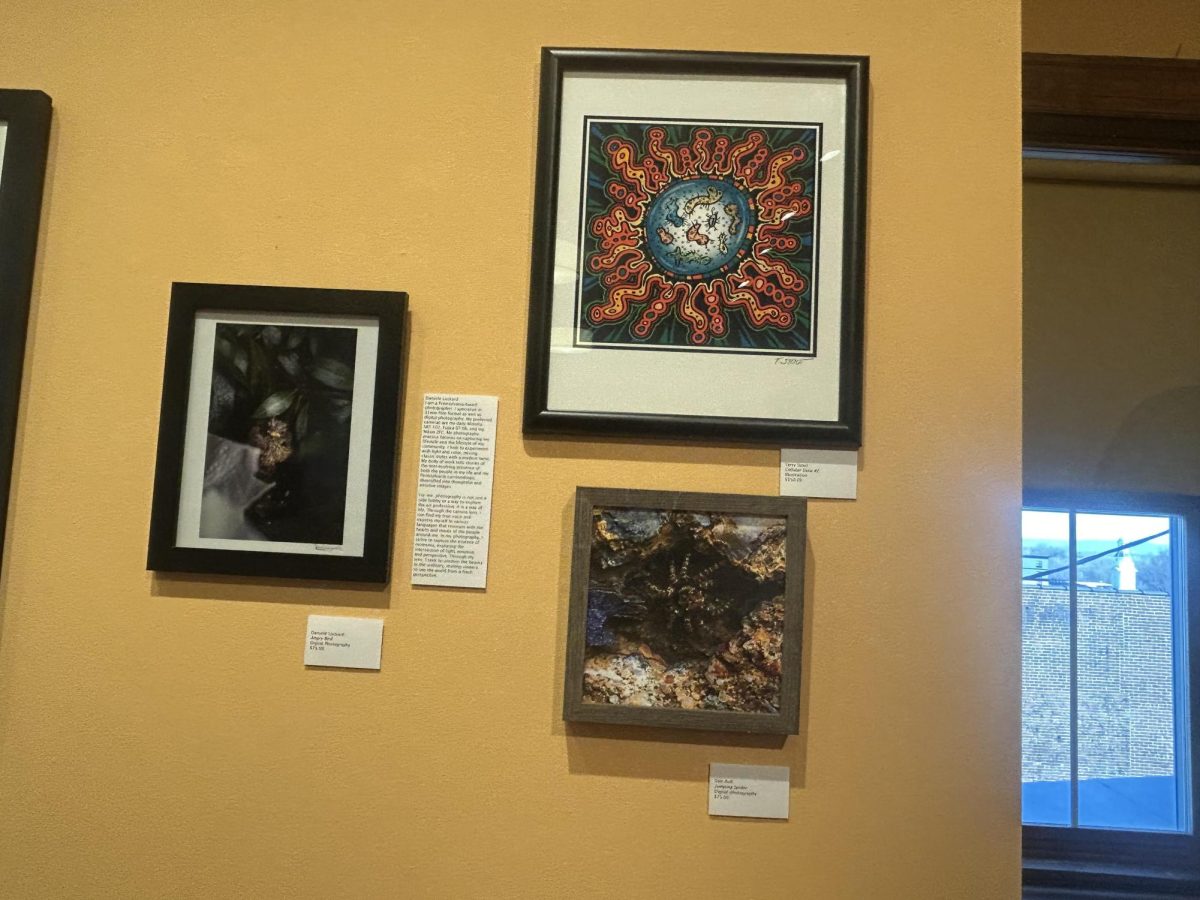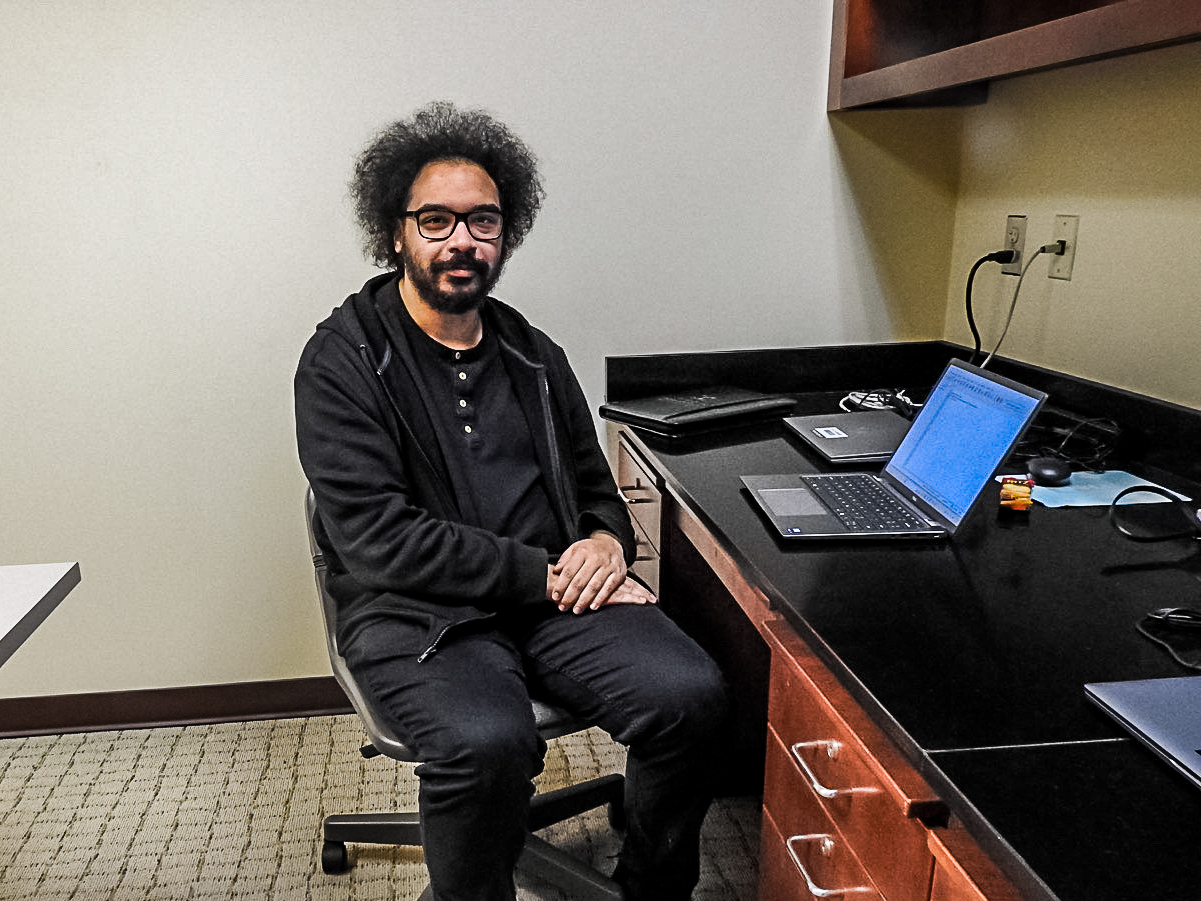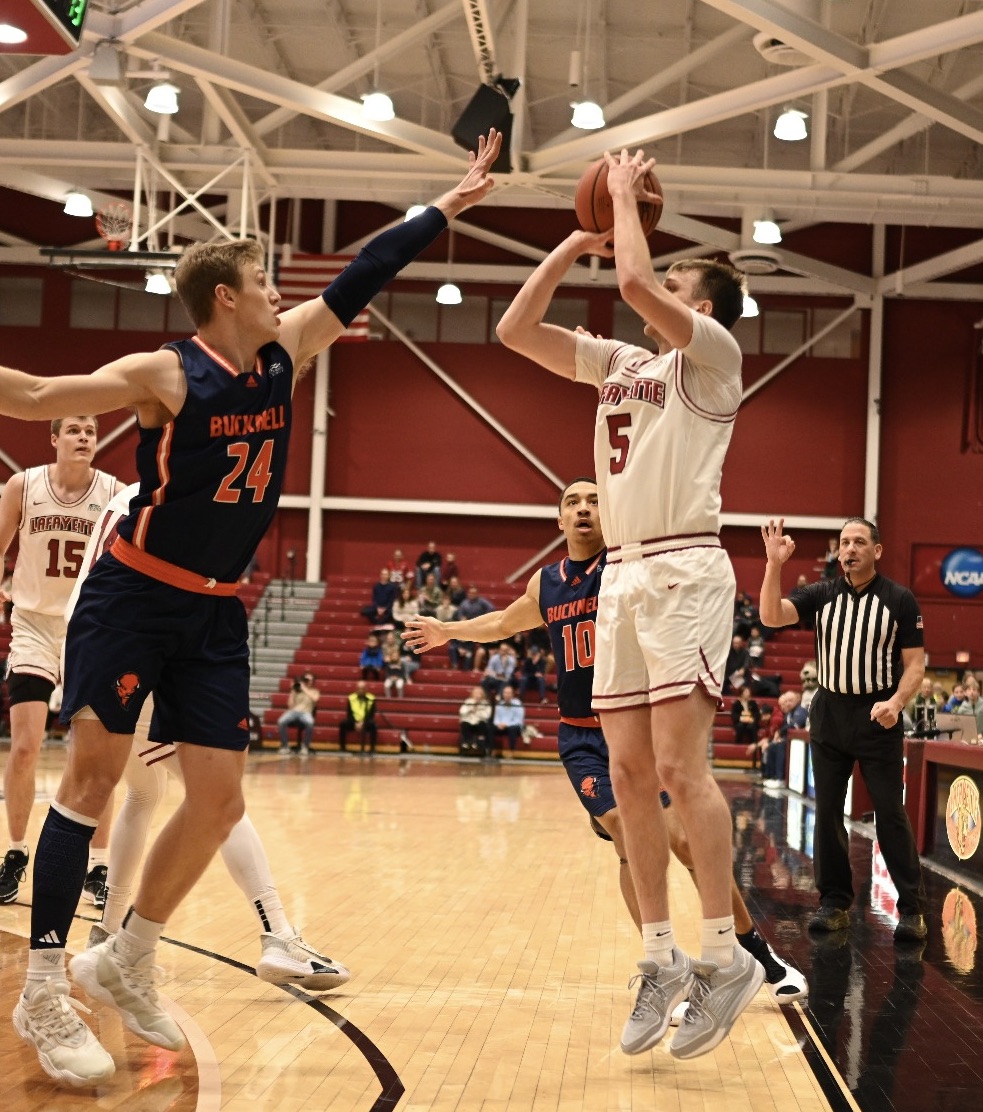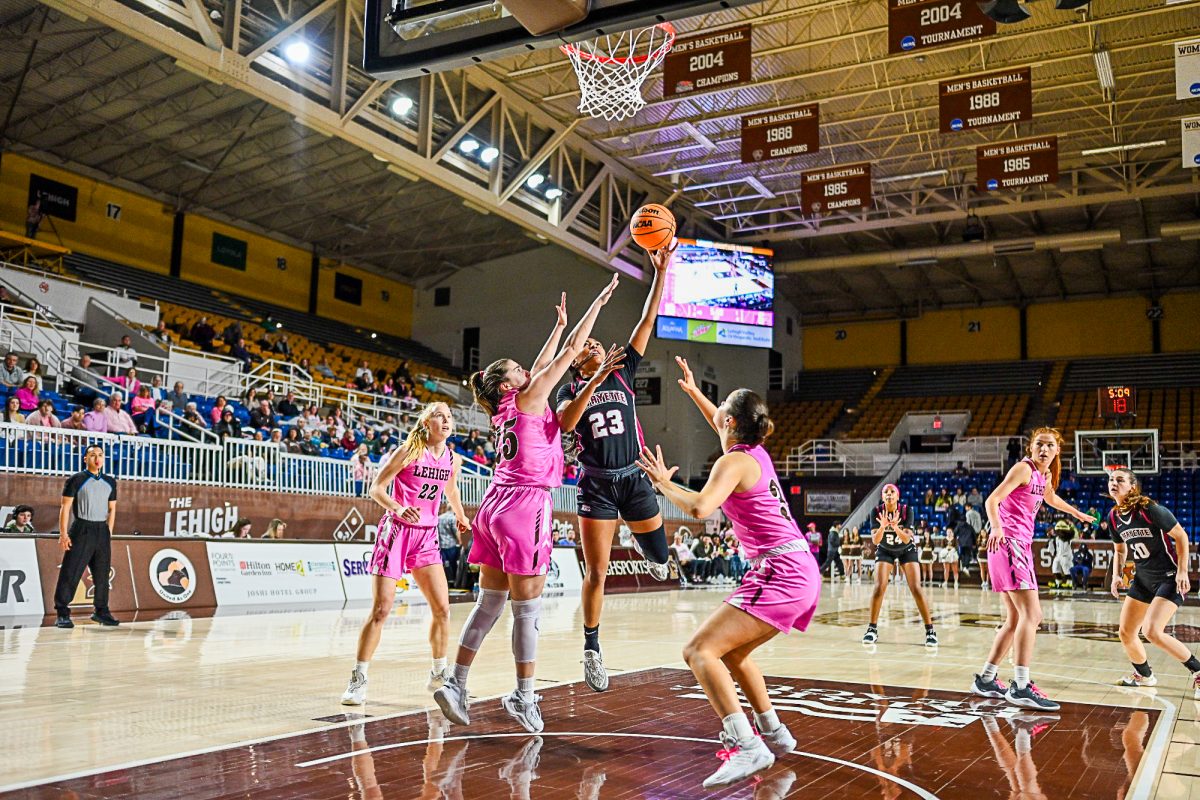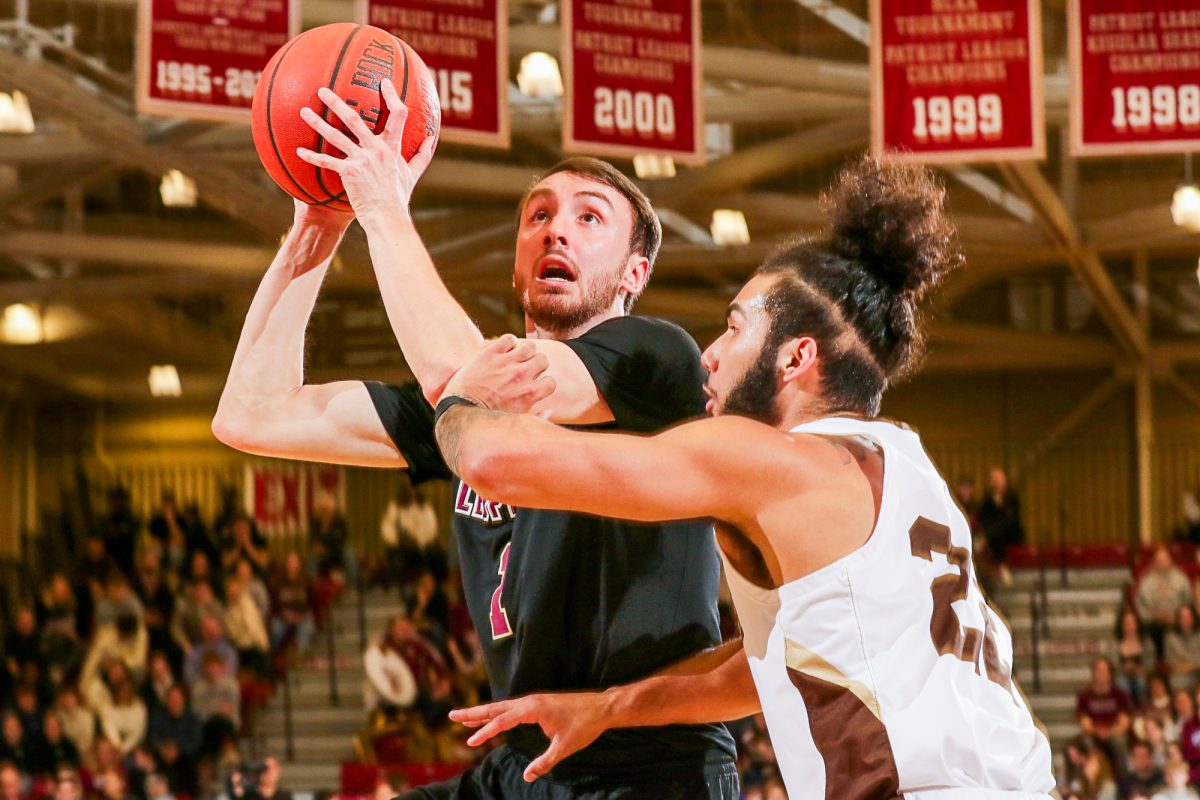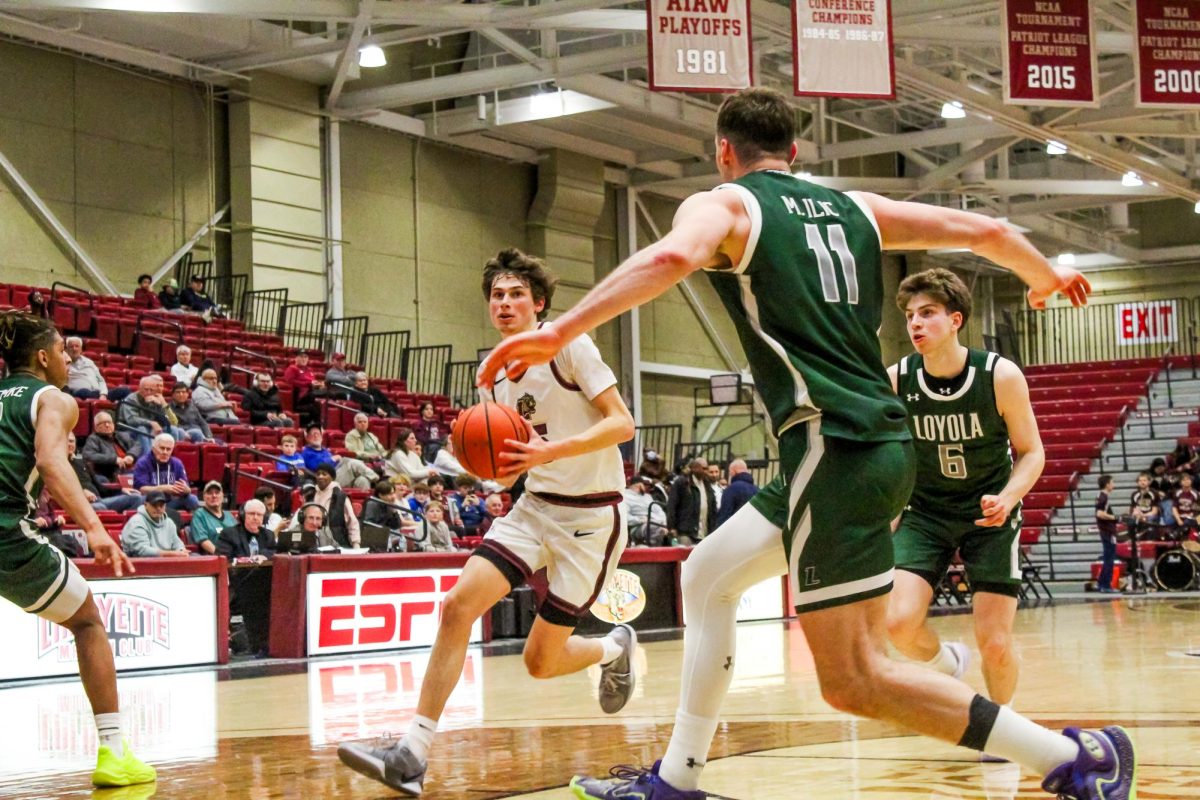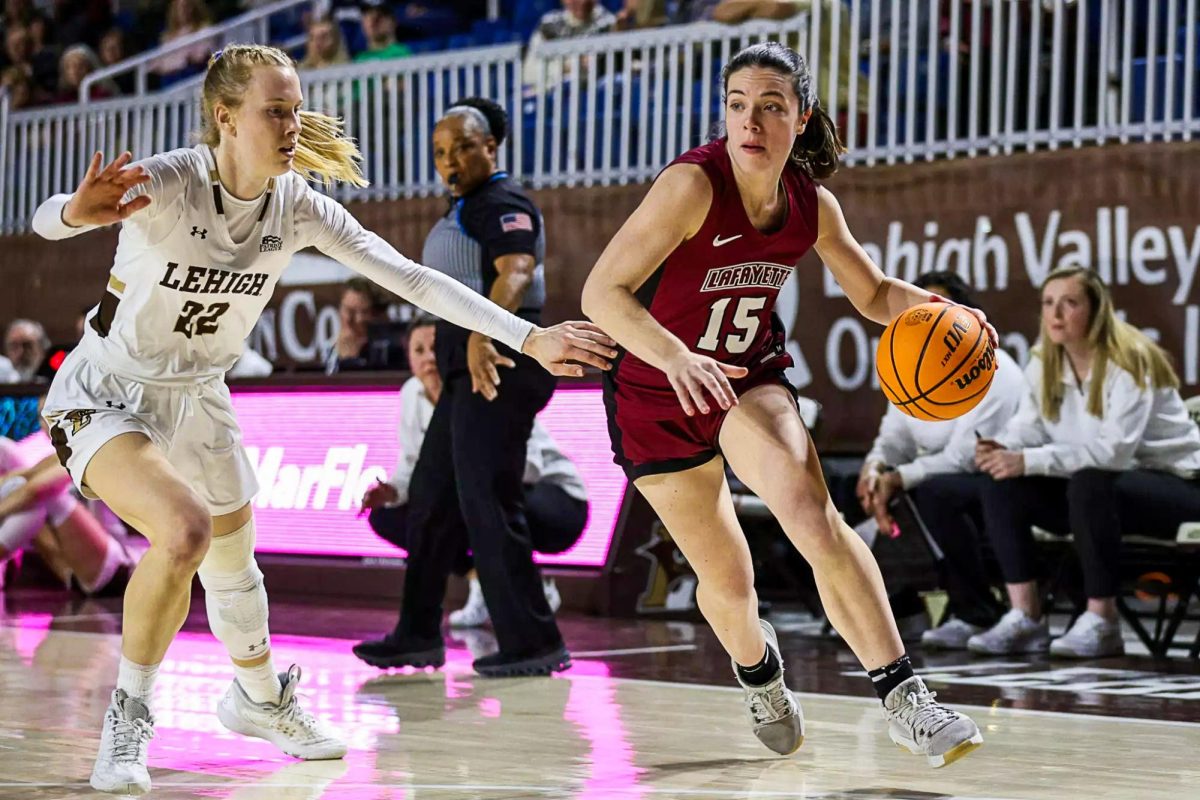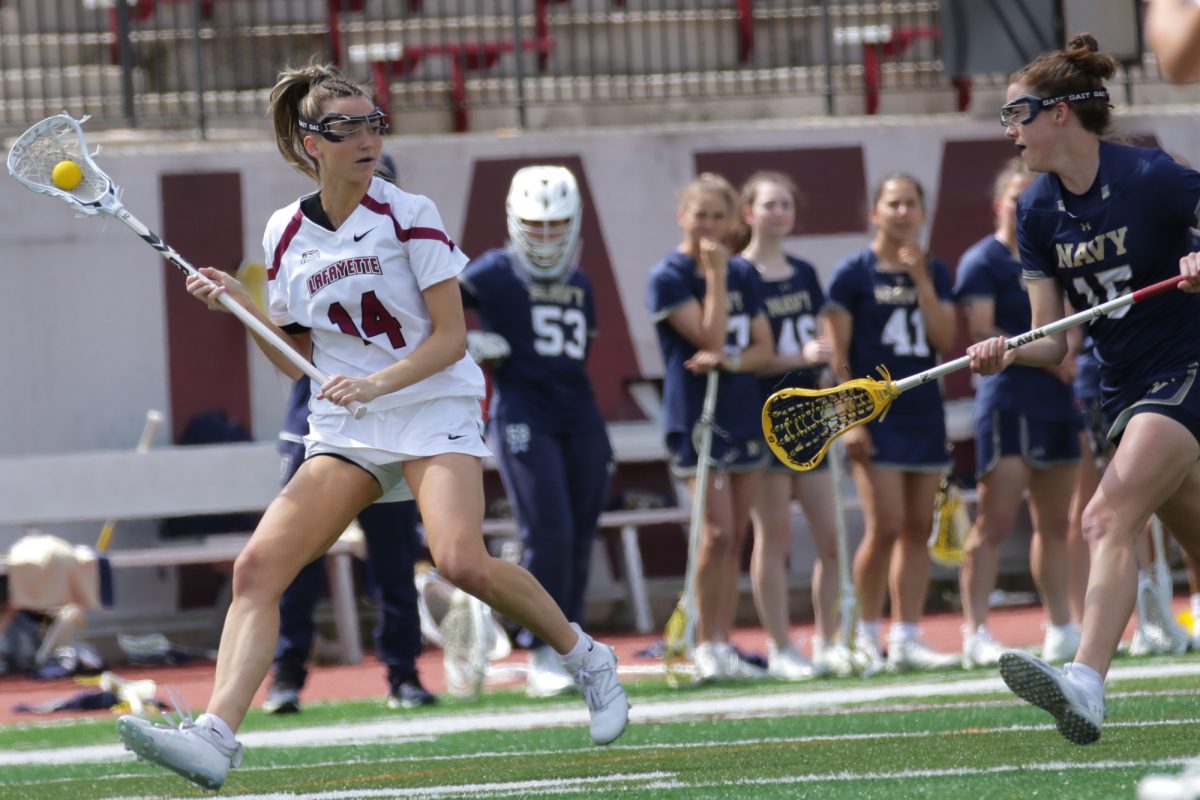By William Gordon ‘17 and Karla Talley ‘18
Collaborative Writers
Lafayette College fell near the bottom of a new college ranking system produced by The New York Times, which focused heavily on economic diversity.
The Upshot, the blog on The New York Times that developed the ranking system, used data that included Pell grants and the average cost of the colleges for lower to middle income families after federal grants. A Pell grant is a government program that offers students in financial need money to pay for college.
Vassar College was ranked number one on the list, with 23 percent of students receiving Pell grants from 2012-2014 and an average cost of about $6,000 for lower income students, according to the Times.
Comparatively, only 11 percent of Lafayette students received Pell grants from 2012-2014, and the average cost of tuition for low-to-middle income students was $17,300, putting it very low on The Upshot’s list.
Director of Financial Aid Ashley Bianchi said it is debatable that the percentage of students that have Pell grants is a good indicator of need.
“[The Pell grant] looks at adjusted gross income,” Bianchi said. “A lot of businesses and a lot of people who are self-employed sometimes can write off things that don’t reflect a true measure of their income. So, for instance, a family may have a business [valued at] $300,000, but if they can write off $280,000 of it [in tax returns], their net income is only $20,000. So, in our mind that is not a needy family. The way that the Pell grant system is set up, that would be a very needy family.”
But Assistant Professor of Higher Education at Seton Hall University Robert Keltchen, who also assembles college rankings for Washington Monthly, said the Pell grant can also disadvantage students who are just above the threshold to receive a Pell grant, but still cannot afford college without aid.
“There’s been students…where the family income’s just high enough [so] they don’t qualify for a Pell grant, but they’re not wealthy enough to pay for college themselves,” Keltchen said. “So, you think about families making about $50,000 to $80,000 a year. Those are the ones who have a really hard time affording college and they don’t get as much financial aid.”
Editor of the Upshot David Leonhardt said the percentage of students who receive Pell Grants is still a good indicator of economic diversity at colleges, but acknowledges its limits.
“Above all, [Pell grants] don’t distinguish between students just above the cutoff and far above the cutoff,” Leonhardt wrote in an email. “But Pell grants are the best measure we have, and they’re a very meaningful one.”
“By and large, though, the colleges with the largest shares of Pell recipients also have the most economically diverse student bodies – because Pell is such a large program,” Leonhardt wrote in the Times.
The Times’ measurements for the cost of college for low-to-middle income families can also award “gapping,” according to Keltchen. “Gapping” is when an applicant’s financial aid award suggested by FAFSA is not completely met by the college.
Keltchen said The New York Times’ ranking system could place colleges who gap higher on the list, because students who receive little financial aid do not attend the college.
According to Dean of Admissions Matt Hyde, Lafayette College does not “gap” and meets all students’ financial need.
“Being need-sensitive allows us to meet 100 percent of demonstrated need for those families that we do admit and offer financial aid,” Hyde said. “So rather than admit and then not fund fully…we’re not going to do that. We’ll make some very hard choices based on need, and again, effecting 5 percent or less of our pool.”
President of Vassar Catherine Bond Hill brought up a choice colleges have to make to attract more economically diverse students in the Upshot article.
“Talented, low-income kids are out there, and talented middle-income kids are out there,” Hill said in the Times article. “But the problem for schools is when you admit one of those kids, you forgo $50,000 a year that you could use for other things.”


























